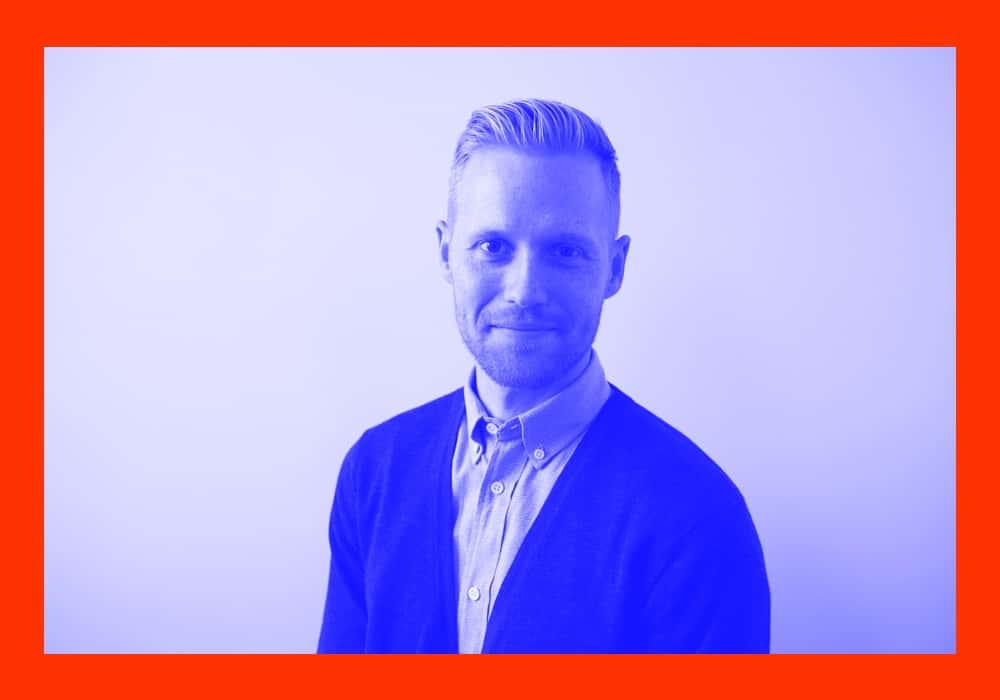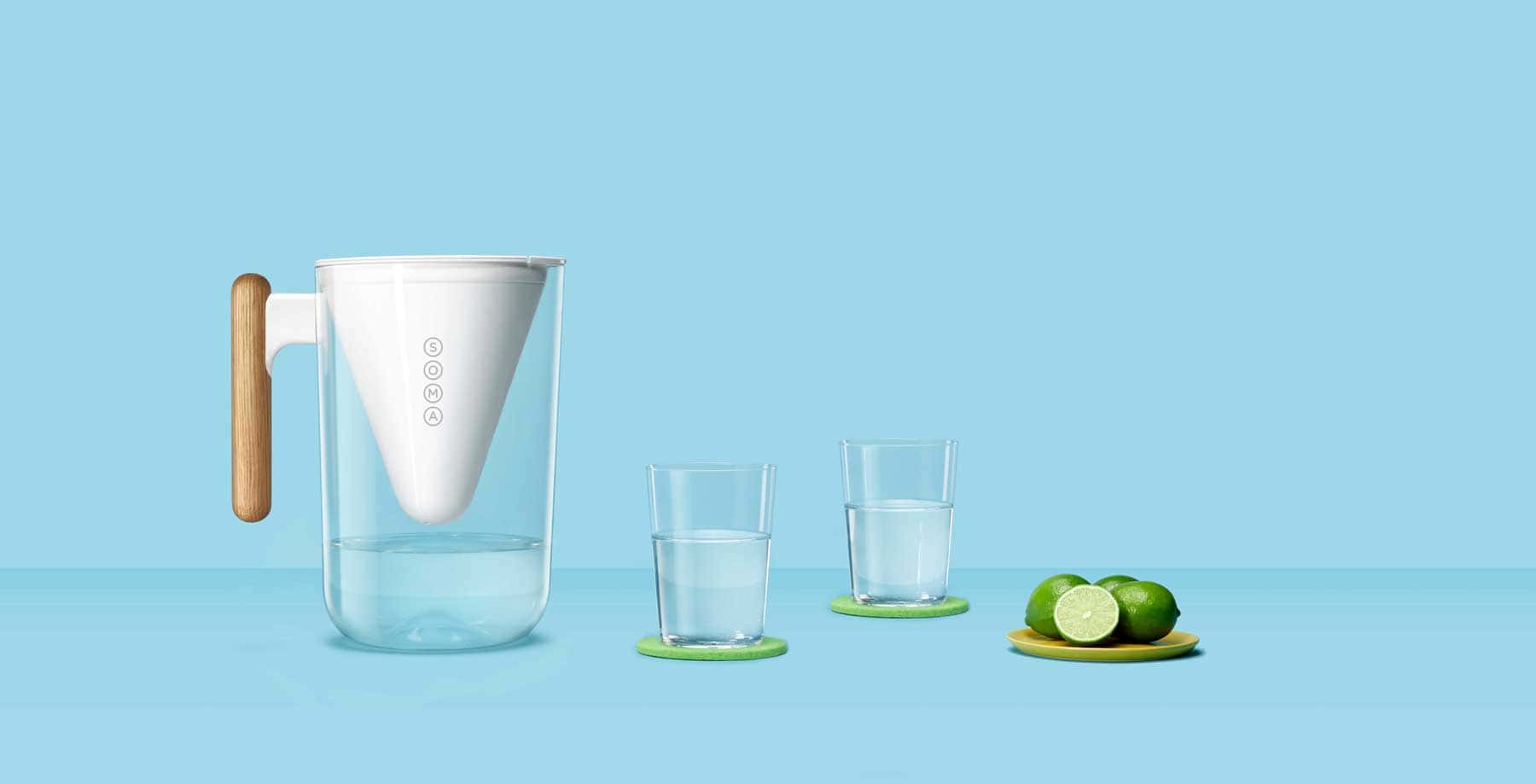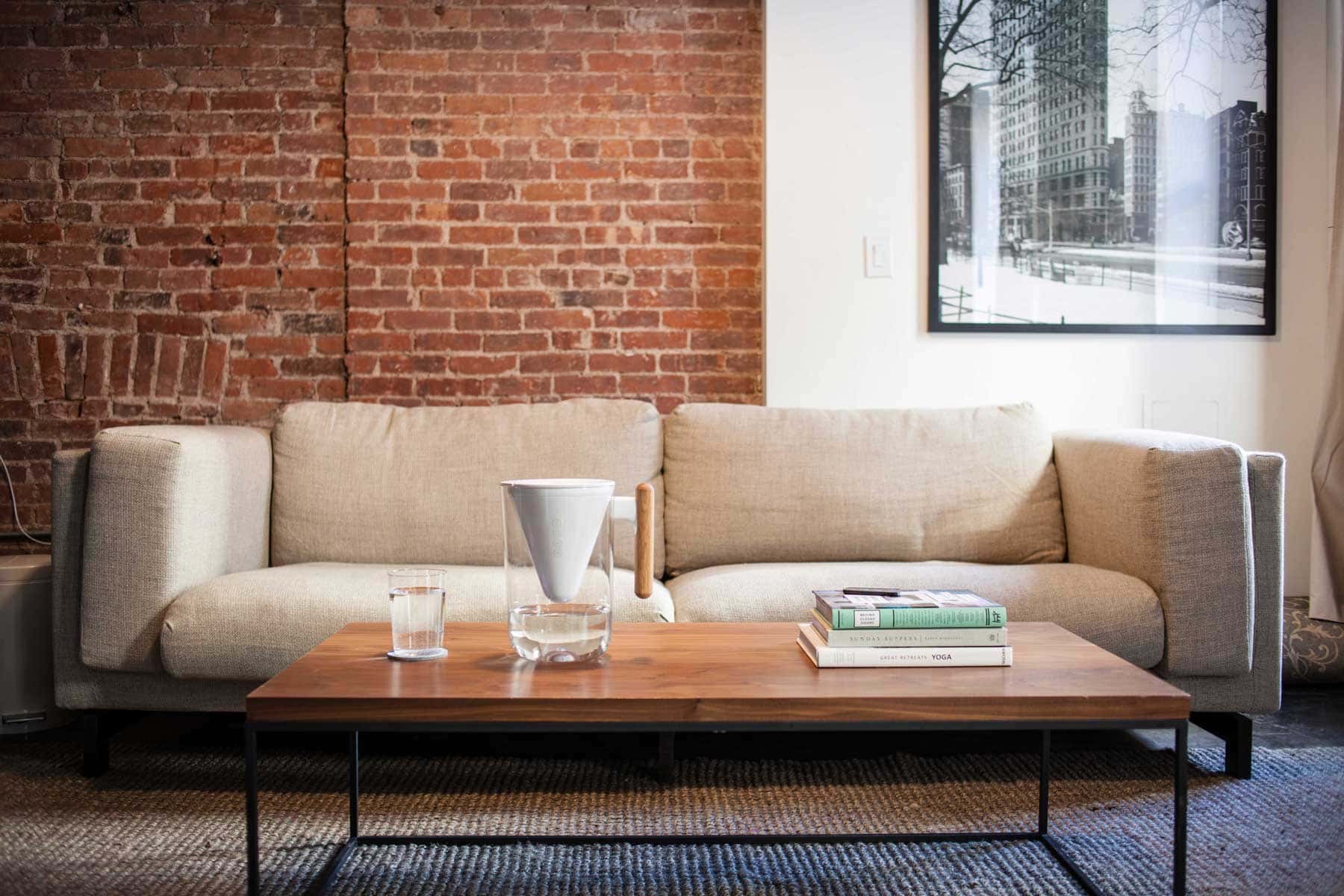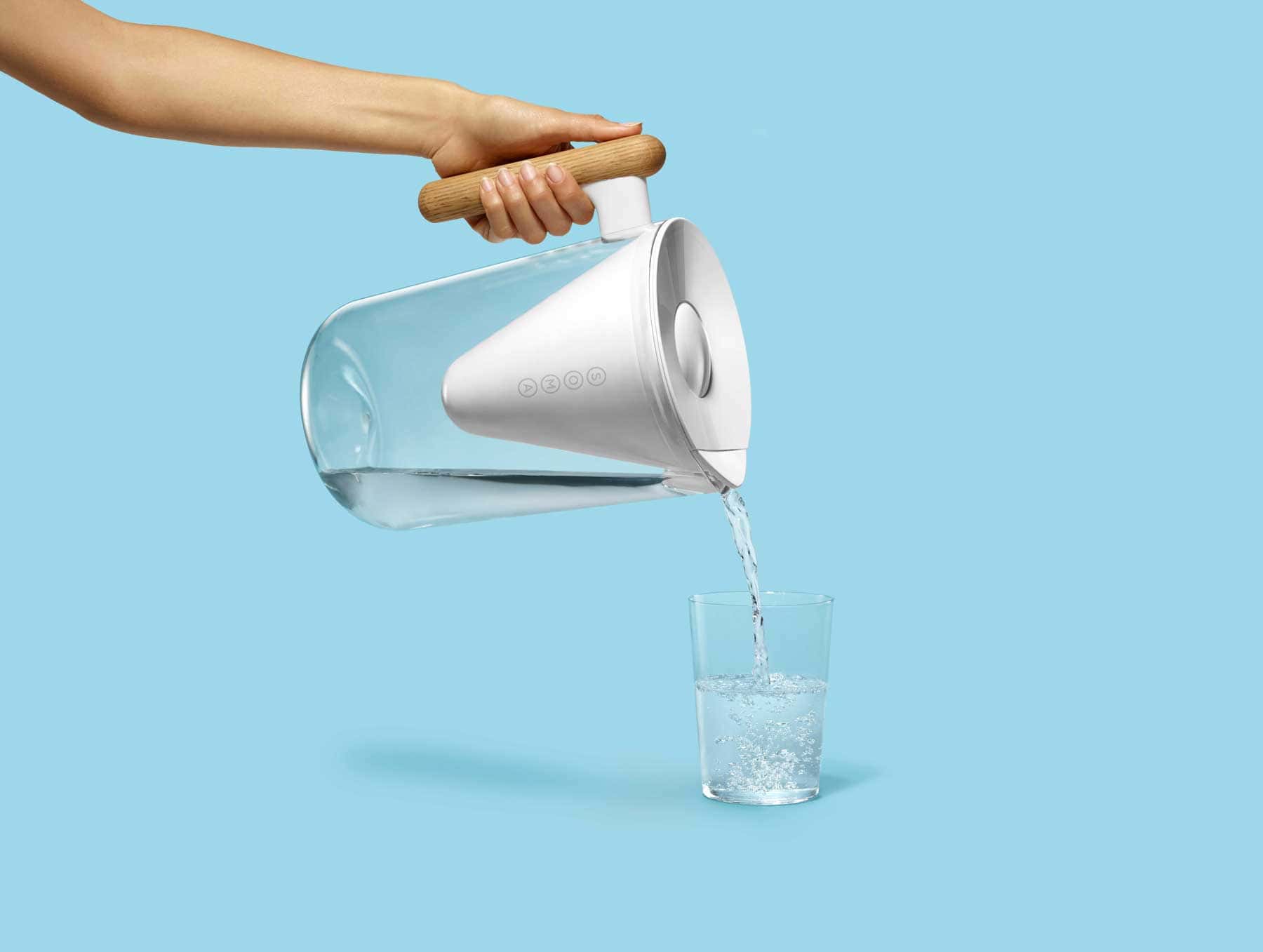Hydrating the World
This interview is part of the eighth issue of Featuring, a monthly newsletter on the intersection of business and culture. Sign up.

Mike Del Ponte was standing in a puddle of spilled water when he first got the idea for Soma, a line of beautiful, functional water filters. While hosting a dinner party, Del Ponte tried to transfer water from his Brita filter to a more presentable carafe, spilling the water everywhere. This gave him the idea for an aesthetically pleasing filter that he could just set out in the first place.
But that was only the beginning. For Del Ponte, who almost went into priesthood before co-founding Soma, positive impact was at the forefront of his mind. Soma presented not just an opportunity for a better water filter, but a chance to make positive change in the world. For every filter purchased from the company, a percentage goes towards providing clean drinking water to those in need. We talk to Del Ponte about his path to Soma, building a physical product, and why he’s so thirsty to solve global issues.
How did you get your start?
I grew up near San Francisco, where I currently live and where Soma’s based.
When I was 18, I moved to the East Coast to go to Boston College. The first thing they said was: “We’re here to help you find your calling.” I had never considered that before, and took it really seriously. I did a lot of volunteering, activism, global humanitarian work — trying everything from being a microfinance consultant in Nepal to working at an orphanage in Jamaica.
I then ended up going to school to be a priest at Yale Divinity School. While I was there, questioning whether I should go into the ministry, I met all these young people who wanted to change the world, but didn’t really know how to or didn’t have resources. I started helping them and that turned into a global nonprofit called Sparkseed. But after running that for a few years, I started getting the itch to start something again.
One night, I was hosting a dinner party and a friend of mine asked me for a glass of water. I went into my kitchen and I reached into my fridge and grabbed my Brita water pitcher and I looked down at it and thought, “There’s no way I’m going to put this thing on the table. It looks cheap, it looks ugly.” So, I grabbed a wine decanter and I started pouring the water out of the Brita into the decanter. As I did, the lid of the Brita fell off, spilling water all over my floor and almost knocking the decanter onto the ground. That was the beginning of the idea for Soma — to design something that was beautiful, convenient, charitable, and healthy for you and the planet. We have a commitment to give a million people in need drinking water around the world and we do that by partnering with charity: water in New York.

What were some of your first steps when you started Soma?
Once I got the idea, I quit my job almost immediately and just started talking to people. I didn’t have experience in consumer products and had never run an ecommerce business before. So, the first thing I did was I just go out and tell people about my vision.
There’s over 600 hundred million people who don’t have access to clean and safe drinking water and I wanted to do something about that. I discovered people were inspired by the idea of a product that was an amazing consumer experience, and could also have a huge impact on the world.
I spoke with designers, supply chain experts, investors, and people from companies I admired like Method, TOMS, and Warby Parker. Soma launched our first product in September 2013.
What was the process of designing that first product like?
Our biggest challenge was product development. Our first product—the carafe—was really difficult because it was really about both form and function. The carafe needed to be large enough to hold six glasses of water, but short enough to fit in your fridge, and thin enough that you could easily grasp it and pour it. That’s no easy feat, so we spent a lot of time making sure that it was beautiful, but also met all of those requirements.
We work with one of the top filtration experts in the world, David Beeman. We challenged him to design a filter that’s both effective and beautiful. He came back with the plant-based filter ingredients that we now use — something no one had done before. We have a patent pending on that 100% plant-based water filter.
We also partnered with two really talented industrial designers, Markus Diebel, previously design director at Incase and IDEO, and Joe Tan, co-founder of Incase. They created the hourglass carafe that we currently have. They are very committed, modern, designers. They only use very elemental designs, things that are very simple, minimal, functional, and they are the ones who have created our design language, which is now manifest in a number of different products.

Tell me more about that.
We launched our glass carafe in September 2013 and in 2015, we launched our larger carafe, which is a ten cup pitcher with a wooden handle. Now we’re exploring different sizes, shapes, materials — all in hydration. We’re really committed to giving our consumers the best tasting and healthiest water, as well as donating to people around the world. As we think about our product roadmap it is about expanding the footprint that we have already started to create.
What made the biggest difference those first few years?
In the early days, it’s all about who you surround yourself with. We were very fortunate to tap amazing designers, early teammates, and investors. Not knowing a lot about what I was doing — like many first-time venture-backed founders — it was critical to have people that were experienced in manufacturing and bringing a product to market.
How do you evaluate what products or opportunities to pursue?
We always go back to the vision. The vision of the company is to hydrate the world, so that means is giving our consumers the best, healthy hydration solutions, and then scaling so that we can donate clean and safe water to as many people around the world as possible.
For every Soma filter sold, we donate to charity: water projects. These contributions go directly to sustainable, community-owned water projects in developing countries.
That mission really helps us prioritize. It drives product development, it drives who our retail and other brand partners are, and it drives how we do our marketing. Just like our commitment to the consumer and to our charitable partners on what our top priorities are, it creates some guard rails to make sure that we don’t wander too far from that mission.
Where do you see Soma going next?
You’ll see Soma anywhere people need healthy hydration. There are three things that we really want to accomplish at Soma:
The first is getting hydration to people who need clean drinking water. I’m happy to say we’ve served thousands of people, but we still have a long way to go to fulfill that commitment.
The second is designing incredible products. We’ve started with two really great carafes plus our filter, but there is so much more we could be doing in terms of advanced filtration, different vessels in the home, on the go, and beyond. We love using natural materials from the plant-based filter to the glass carafe to the white oak wood and would love to explore that further. We’re interested in doing artist collaborations, different prints, and different colors.
The third thing is building a business that will provide a return to our investors and our team. We’ve only been in the market for two years, but we’re excited to grow this business for the long haul and make sure it becomes a lucrative business.
What happens once the world is hydrated? What’s next?
There will always be other issues for us to tackle. Our next one might be plastics; we make our products with as little plastic as possible. There will always be plenty of global challenges for us to tackle, but if we can help knock off the global water crisis from the list that would be a blessing.
